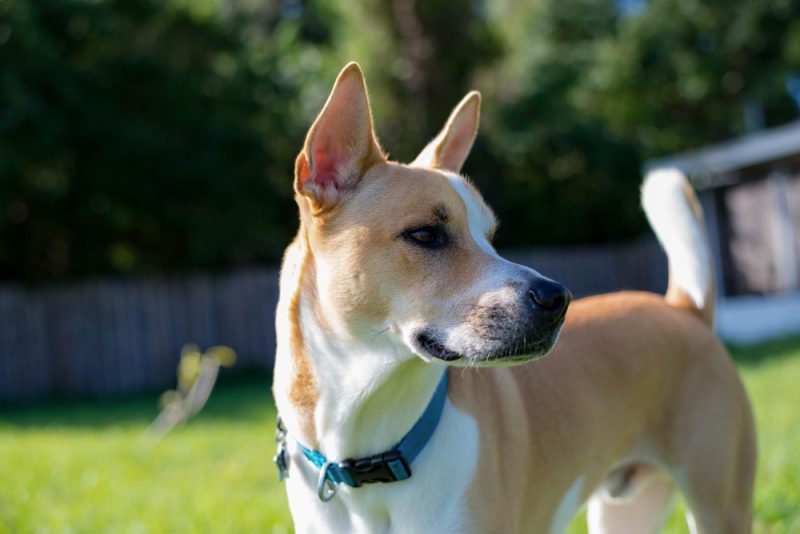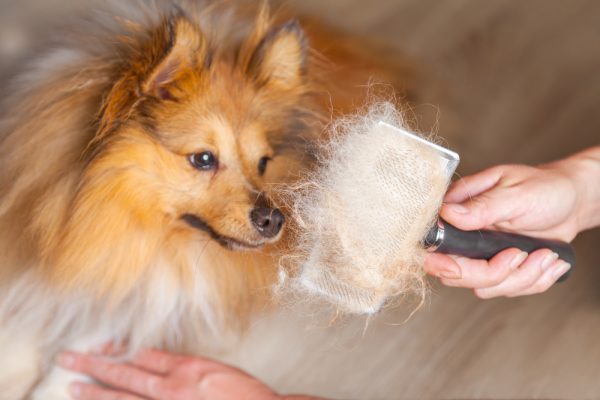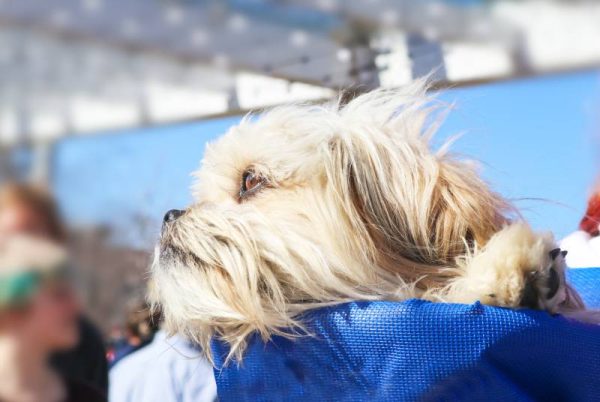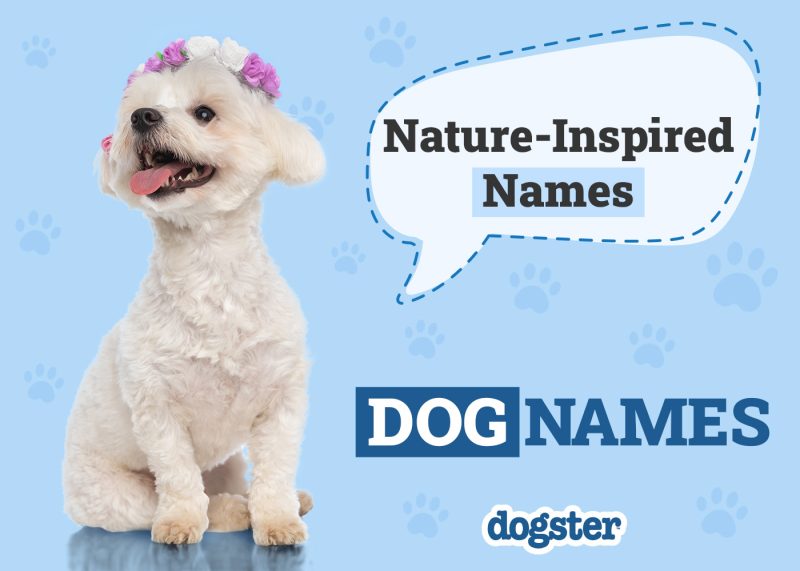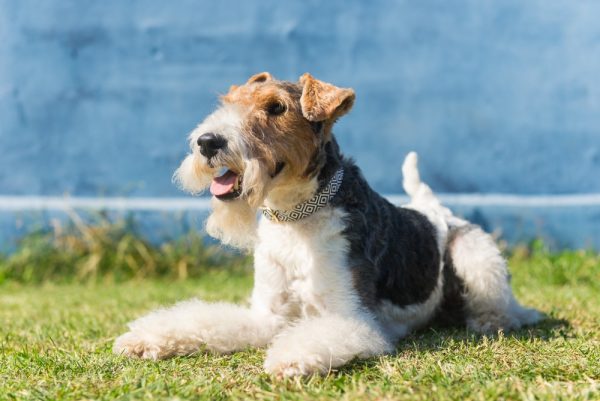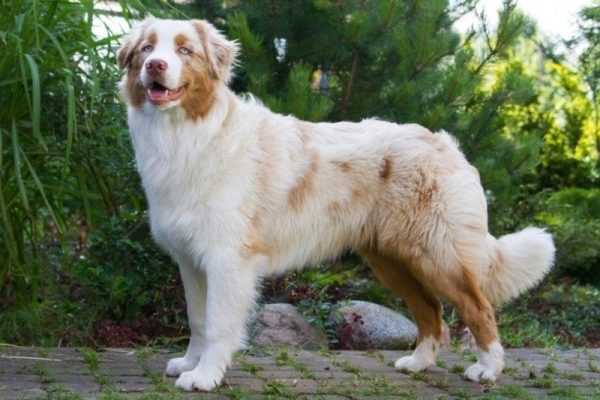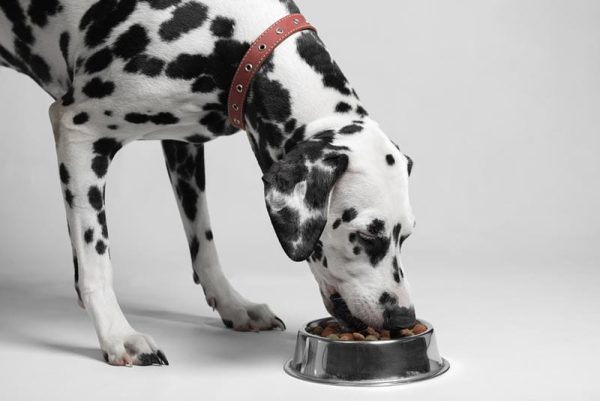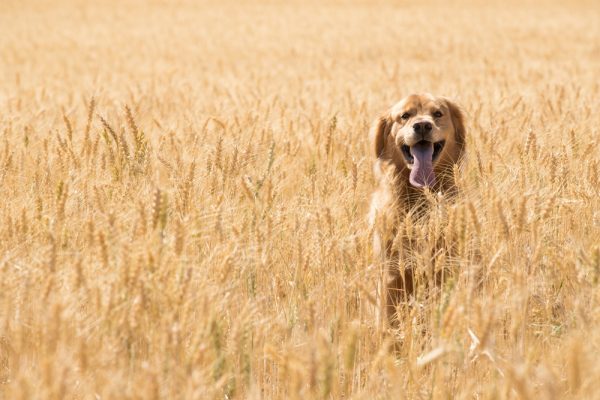In this article
View 3 More +Poodle mixed breeds have been popular for years. Two common ones that you’ve probably heard about are the Maltipoo (Maltese + Poodle) and the Goldendoodle (Golden Retriever + Poodle). While these two breeds may share Poodle ancestry, they have significant differences too. We have the information that you need about Maltipoos and Goldendoodles here, whether you’re just curious about these two mixes or are seriously considering adding a pup to your family.

Visual Differences
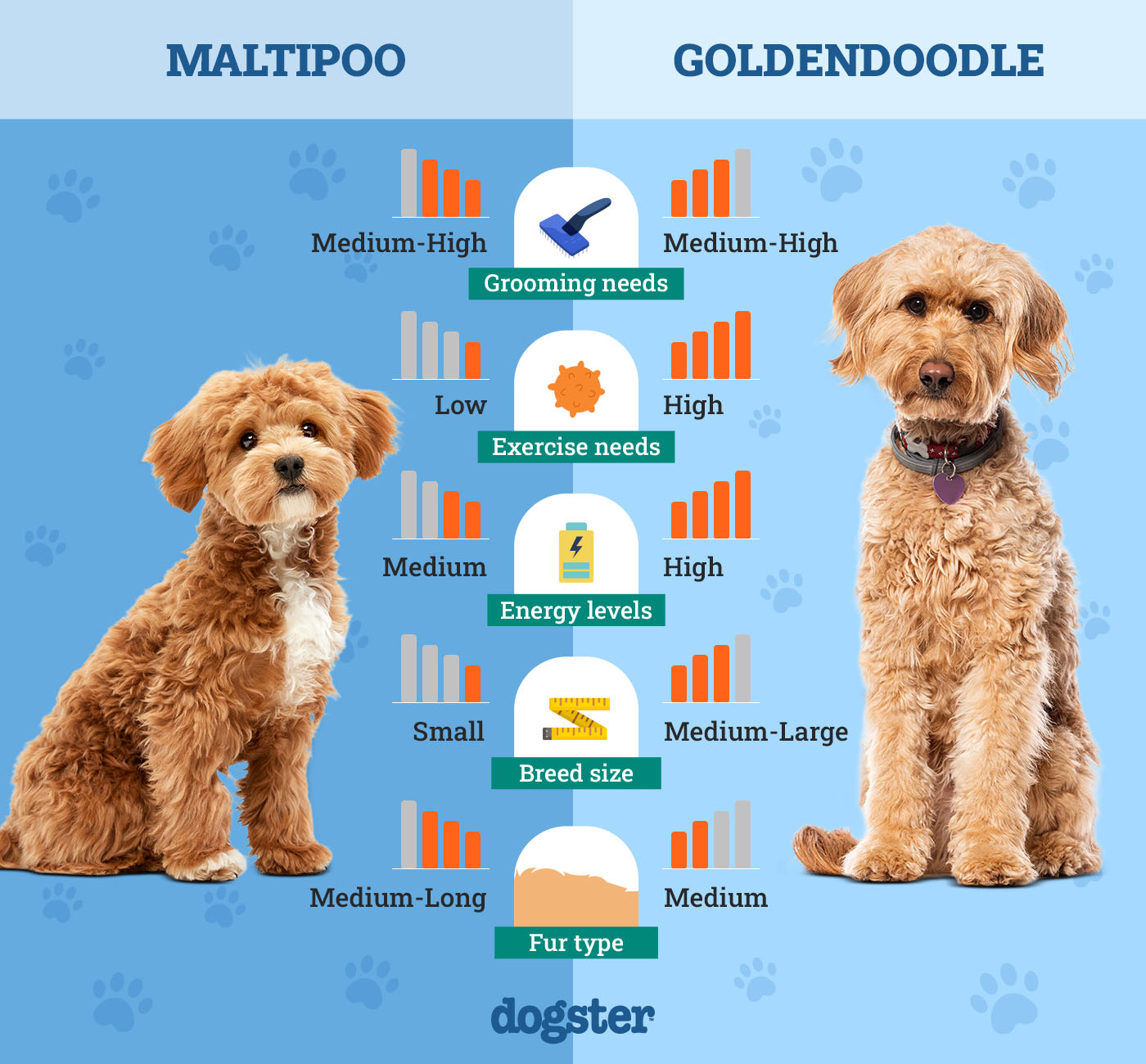
At a Glance
- Average height (adult): 8 to 14 inches
- Average weight (adult): 5 to 20 pounds
- Lifespan: 10 to 15+ years
- Exercise: As little as a half-hour walk a day, if given other opportunities for play
- Grooming needs: Light shedders who will need brushing every other day
- Family-friendly: Yes, with older children
- Other pet-friendly: Sometimes, with proper introductions
- Trainability: Friendly, intelligent, and eager to please
- Average height (adult): 10 to 29 inches
- Average weight (adult): 40 to 90 pounds
- Lifespan: 10 to 13 years
- Exercise: At least 2 hours per day
- Grooming needs: Light to moderate shedders who need brushing several times a week
- Family-friendly: Yes
- Other pet-friendly: Yes, for other cats and dogs. Not recommended for homes with pet birds and smaller mammals.
- Trainability: Smart and loves to bond through training

Maltipoo Overview

A Maltipoo has Maltese and miniature or toy Poodle ancestry. This could be one Maltese parent and one Poodle parent or a Maltipoo parent bred back to a purebred Maltese or Poodle. Some Maltipoos will have two Maltipoo parents. Mixed breeds tend to have more variation regarding personality traits and physical appearance. Here is an overview of what you can expect from an average Maltipoo.
Personality / Character
Maltipoos are smaller lap dogs that don’t like to be alone for long periods. They’re not necessarily yappy, but they are alert and will bark at anything suspicious. Maltipoos love to be with their families. These dogs are middle of the road when it comes to tolerating other pets. They may not be overly eager to make doggy friends, nor are they necessarily standoffish.
Exercise
Maltipoos have minimal exercise needs. Short walks during potty breaks, coupled with some indoor playtime, may be sufficient.
Training
Maltipoos are playful and will benefit from basic obedience training. They want to please their owners, so teaching them tricks is often straightforward.

Health & Care
A Maltipoo’s coat can vary greatly, but you can expect little shedding. Those that take more after the Maltese breed will have long, silky hair, while Poodle-dominant Maltipoos will have short, curly hair. They need brushing most days; an every-other-day routine should be sufficient. You can count on regular professional grooming to keep their coats healthy and looking good. A Maltipoo’s excess inner ear hair can cause ear infections and should be trimmed regularly.
Beware of claims of “hypoallergenic” or “allergy-friendly” Maltipoos. They are indeed low shedders, but there’s more to dog allergies than shed hair. People allergic to dogs are rarely allergic to the hair but rather to the dander that clings to the hair. The allergy-inducing protein in a dog’s dander is also present in their saliva and urine. It’s wise to spend time with a Maltipoo before you adopt or buy.
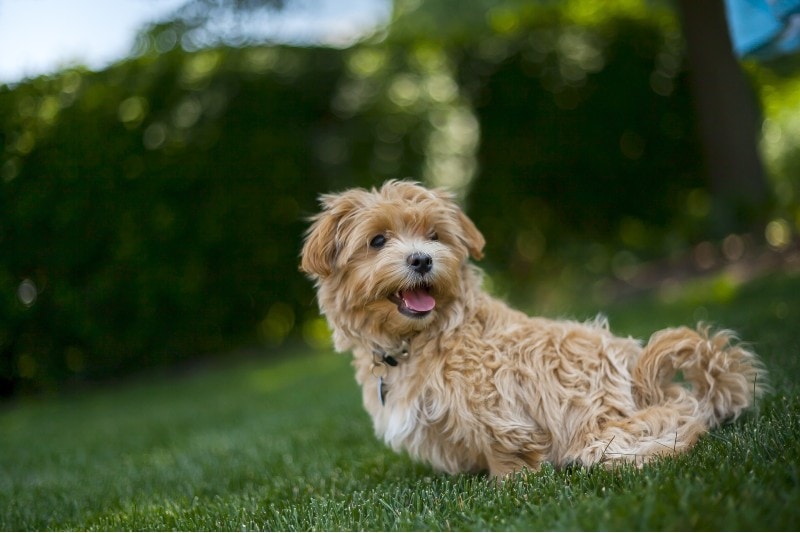
Suitable For:
Maltipoos are a good fit for apartments, smaller homes, and those with limited outdoor space. Their small size makes them unsuitable for most homes with very young children. They are great lap dogs for someone who is home most of the time and wants a loyal companion.
- Low shedders
- Long average lifespan
- Suited for apartment living
- Can’t be left alone too long
- Typically, not good with small children
- “Hypoallergenic” claims might be misleading

Goldendoodle Overview
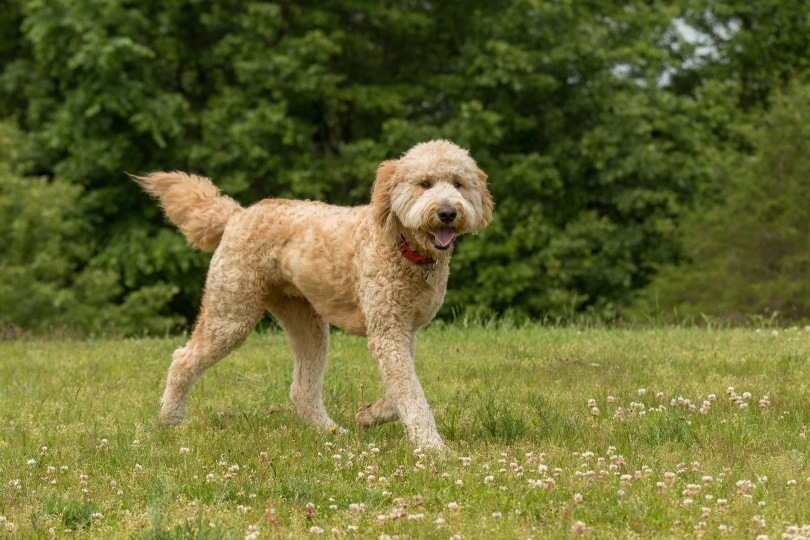
The Goldendoodle is a mix of a Golden Retriever and a standard or miniature Poodle. They can have a Golden Retriever parent and one Poodle parent. Or they may have a Goldendoodle parent bred back with a Golden Retriever or Poodle or two Goldendoodle parents. As with Maltipoos, this dog’s appearance and personality will vary based on the dominant breed. Here is what you can expect from the average Goldendoodle.
Personality / Character
Goldendoodles are laidback and friends to everyone they meet. Those with a higher percentage of Poodle ancestry can be slightly aloof and uninterested in other dogs. Most will tolerate feline housemates if given a slow introduction period. Golden Retrievers have hunting instincts, so Goldendoodles aren’t a good choice for homes with pet birds and small mammals. While all dogs do best with a routine, these are relaxed enough to go with the flow.
Exercise
Goldendoodles make loyal and energetic companions. A healthy adult can keep up with morning jogs and long hikes. They need plenty of room to play and walk each day.
Training
Goldendoodles need training to be on their best behavior. Beyond canine obedience classes, they excel at agility training. They are often sensitive and tender-hearted, so reinforcing positive behavior works best.
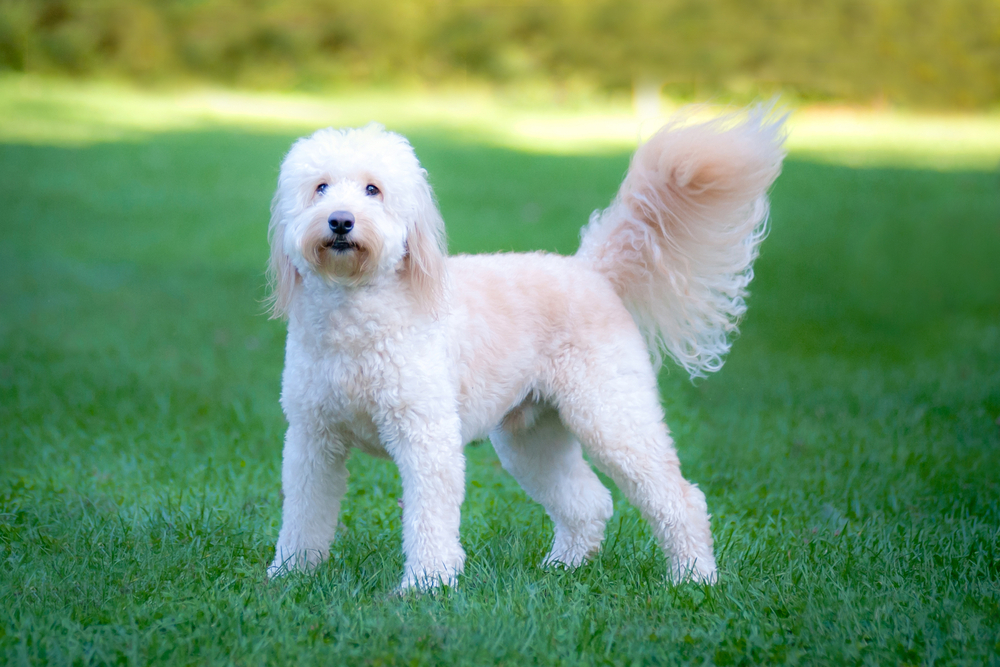
Health & Care
As with Maltipoos, Goldendoodles’ coats can be a bit of a wildcard. Most Goldendoodles have wavy to tight curly fur. They need brushing several times a week. Some Goldendoodles will need professional grooming to keep their coat trimmed and healthy. As a dog with Poodle ancestry, they need to have their excess ear hair removed to prevent ear infections.
Like Maltipoos, Goldendoodles are sometimes given the misleading “hypoallergenic” label.
Suitable For:
Goldendoodles are a good fit for anyone who wants an energetic dog with an easy-going personality. They will thrive in busy households and are good with well-behaved children of all ages and other dogs. All dogs benefit from training, but a Goldendoodle’s larger size makes it imperative that they know basic commands.
- Well-suited for homes with children of all ages
- Generally good with other dogs
- Adaptable to most situations
- Strong prey drive makes them not a good fit for homes with pet birds and small mammals like guinea pigs and gerbils
- Owners need to keep up with their higher exercise needs
- “Hypoallergenic” claims might be misleading

Which Breed Is Right for You?
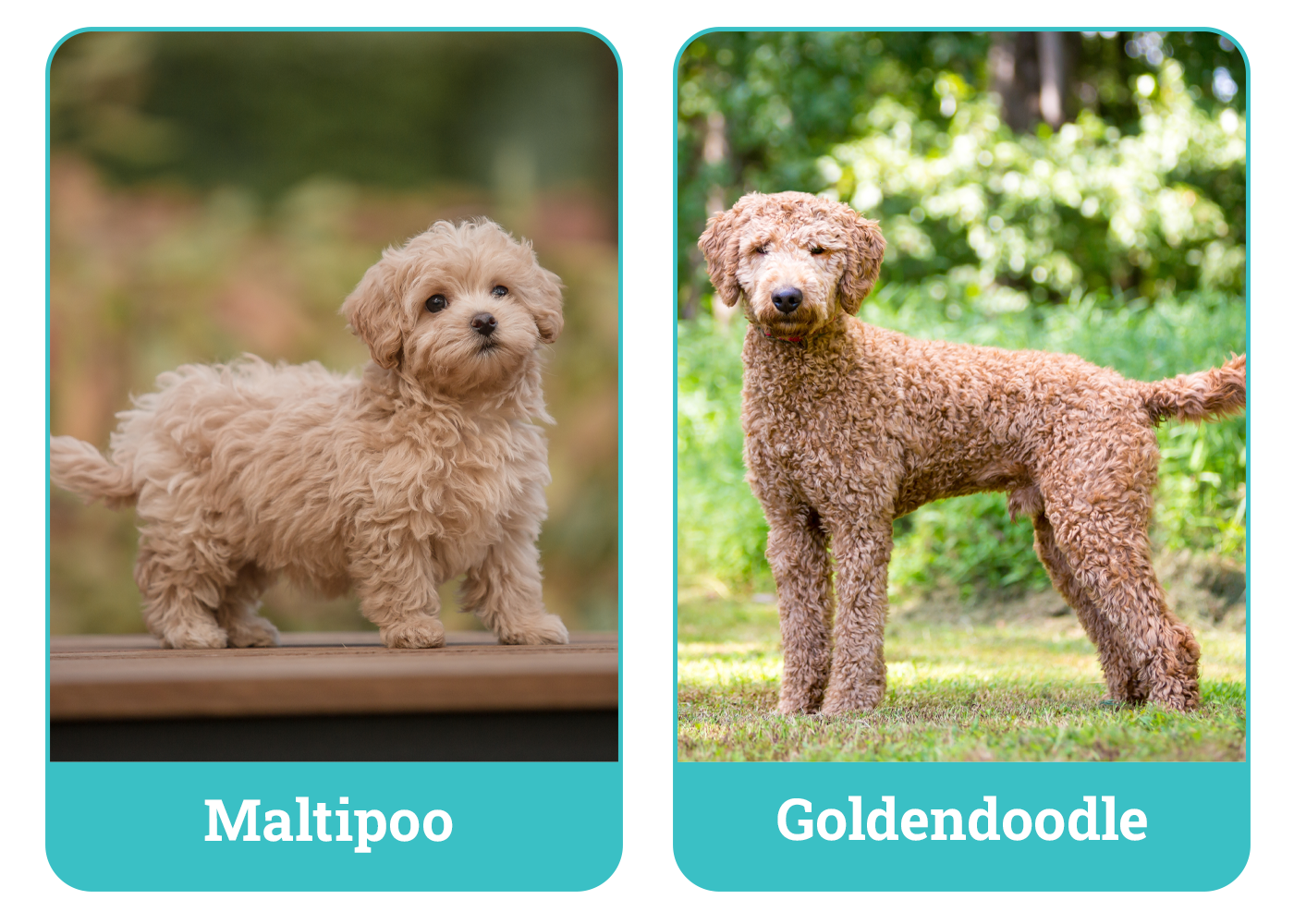
Size and energy levels are the most significant determinants when choosing between a Goldendoodle and a Maltipoo. The larger Goldendoodle needs more space and time to exercise, while the smaller Maltipoo will be happy with outdoor potty breaks and indoor play.
Social interaction is another consideration with these two breeds. Maltipoos don’t do well when left home alone for long periods, but Goldendoodles are more adaptable. Both are intelligent breeds that require training and crave positive interactions with their owners.
See Also:
Featured Image Credit: Top – dezy, Shutterstock | Bottom – Image Source Trading Ltd, Shutterstock


